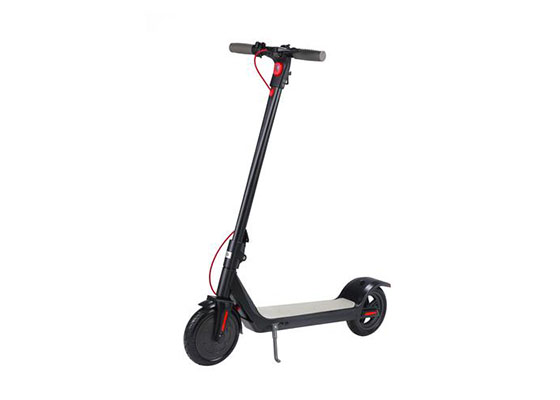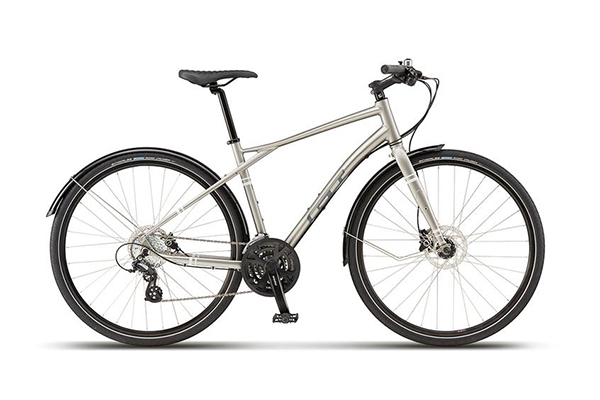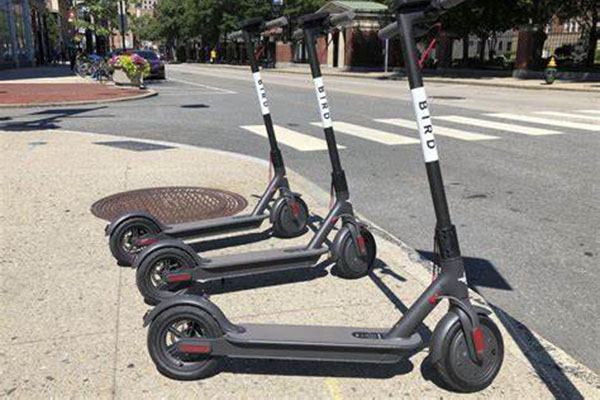Electric scooters have gained immense popularity in recent years as a convenient and eco-friendly mode of transportation. As more people embrace this alternative to traditional vehicles, questions arise regarding the best practices for charging electric scooters. One common query is whether it’s acceptable to charge these scooters daily. In this article, we will explore the topic in detail, examining the battery technology, charging basics, the impact of charging frequency on battery life, the role of Battery Management Systems (BMS), battery care and maintenance, common myths, and misconceptions. By the end, you’ll have a clearer understanding of whether charging your electric scooter every day is indeed okay.
Understanding the Battery Technology
Lithium-ion batteries are the most commonly used type in electric scooters due to their high energy density and long cycle life. These batteries provide the necessary power to propel the scooter forward and are crucial to its overall performance. To understand the impact of daily charging, it’s essential to comprehend the characteristics of lithium-ion batteries and their degradation factors.
Charging Basics
Charging an electric scooter involves a straightforward process and specific components. The scooter typically comes with a charger and a charging port, which allows the battery to be replenished. It is recommended to follow certain charging practices, such as plugging in the scooter to a stable power source, using the provided charger, and avoiding excessive heat or cold during charging.
Charging Frequency and Battery Life
One of the primary concerns when it comes to charging electric scooters every day is the potential impact on battery life. While lithium-ion batteries do degrade over time, the rate of degradation can vary depending on multiple factors. Experts generally agree that charging your electric scooter daily is acceptable and may not significantly affect battery life, especially when the scooter is equipped with a well-designed Battery Management System (BMS).
Battery Management Systems (BMS)
Battery Management Systems play a vital role in maintaining the health and performance of lithium-ion batteries. A BMS monitors and regulates various parameters such as voltage, temperature, and charging current to optimize charging and protect the battery from overcharging, undercharging, and extreme temperatures. With an efficient BMS in place, the battery is better equipped to handle frequent charging without compromising its lifespan.
Battery Care and Maintenance
Proper care and maintenance are key to maximizing the lifespan and performance of your electric scooter’s battery. Some essential tips include avoiding extreme temperatures, storing the scooter in a cool and dry place, and not leaving the battery fully discharged for extended periods. Regularly checking and cleaning the charging port and connectors can also help ensure optimal charging efficiency.
Common Myths and Misconceptions
There are several myths and misconceptions surrounding the charging of electric scooters that can lead to confusion. One common myth is that you must completely drain the battery before charging, known as the “memory effect.” However, this misconception is not applicable to lithium-ion batteries. Another misconception is that overcharging the battery can cause damage. In reality, modern chargers and BMS technology prevent overcharging, making it safe to leave your scooter plugged in even after it reaches full charge.
charging your electric scooter every day is generally considered acceptable and may not significantly impact battery life, thanks to advancements in lithium-ion battery technology and the inclusion of Battery Management Systems. However, it’s important to follow recommended charging practices, take care of your scooter’s battery, and rely on a well-designed BMS to ensure optimal performance and longevity. By adopting responsible charging habits and implementing proper battery care and maintenance, you can enjoy the convenience and benefits of your electric scooter for years to come.
Remember, responsible charging practices and regular maintenance are crucial for extending the lifespan of your electric scooter’s battery and ensuring optimal performance. By following these guidelines, you can mitigate any potential negative effects of frequent charging and enjoy a reliable and long-lasting scooter.
In addition to daily charging, there are a few other factors to consider when it comes to maintaining your electric scooter’s battery. First, it’s important to be mindful of storage conditions. Extreme temperatures, whether too hot or too cold, can adversely affect the battery’s performance and overall lifespan. Therefore, storing your scooter in a cool and dry place, away from direct sunlight or freezing temperatures, is ideal.
Another important aspect of battery care is to avoid deep discharging. Lithium-ion batteries generally perform best when they are not fully depleted before recharging. It is recommended to charge your electric scooter before the battery level drops too low, ideally keeping it above 20% or 30% capacity. This practice helps prevent the battery from entering a deep discharge state, which can cause irreversible damage and reduce its overall lifespan.
Regularly inspecting and cleaning the charging port and connectors is also crucial for maintaining efficient charging. Over time, dirt, dust, and debris can accumulate in these areas, obstructing the connection and reducing charging efficiency. By keeping these components clean and free from obstructions, you can ensure a reliable and effective charging process.
Now, let’s address some common myths and misconceptions surrounding charging electric scooters. One of the most persistent myths is the notion of the “memory effect,” which suggests that lithium-ion batteries should be fully drained before recharging to maintain their capacity. However, this is not applicable to modern lithium-ion batteries commonly used in electric scooters. They do not suffer from memory effect and can be charged at any time without affecting their overall capacity.
Another misconception is related to overcharging. Many people worry that leaving their electric scooter plugged in after it reaches full charge can lead to overcharging and subsequent battery damage. However, this concern is largely unfounded. Modern chargers and Battery Management Systems are designed to handle the charging process intelligently, automatically tapering the charging current and voltage when the battery is nearing full capacity. This ensures that the battery is not subjected to excessive charging, protecting it from potential harm.
Conclusion
charging your electric scooter every day is generally considered acceptable and does not pose a significant risk to the battery’s lifespan, thanks to advancements in lithium-ion battery technology and the incorporation of Battery Management Systems. By adhering to recommended charging practices, such as using the provided charger, avoiding extreme temperatures, and maintaining a clean charging port, you can ensure optimal performance and longevity for your electric scooter’s battery.
Remember, responsible charging practices and regular maintenance are key to maximizing the lifespan and performance of your electric scooter. By taking good care of your battery and following the manufacturer’s guidelines, you can enjoy the convenience, efficiency, and eco-friendliness of electric scooters for years to come. Happy riding!




